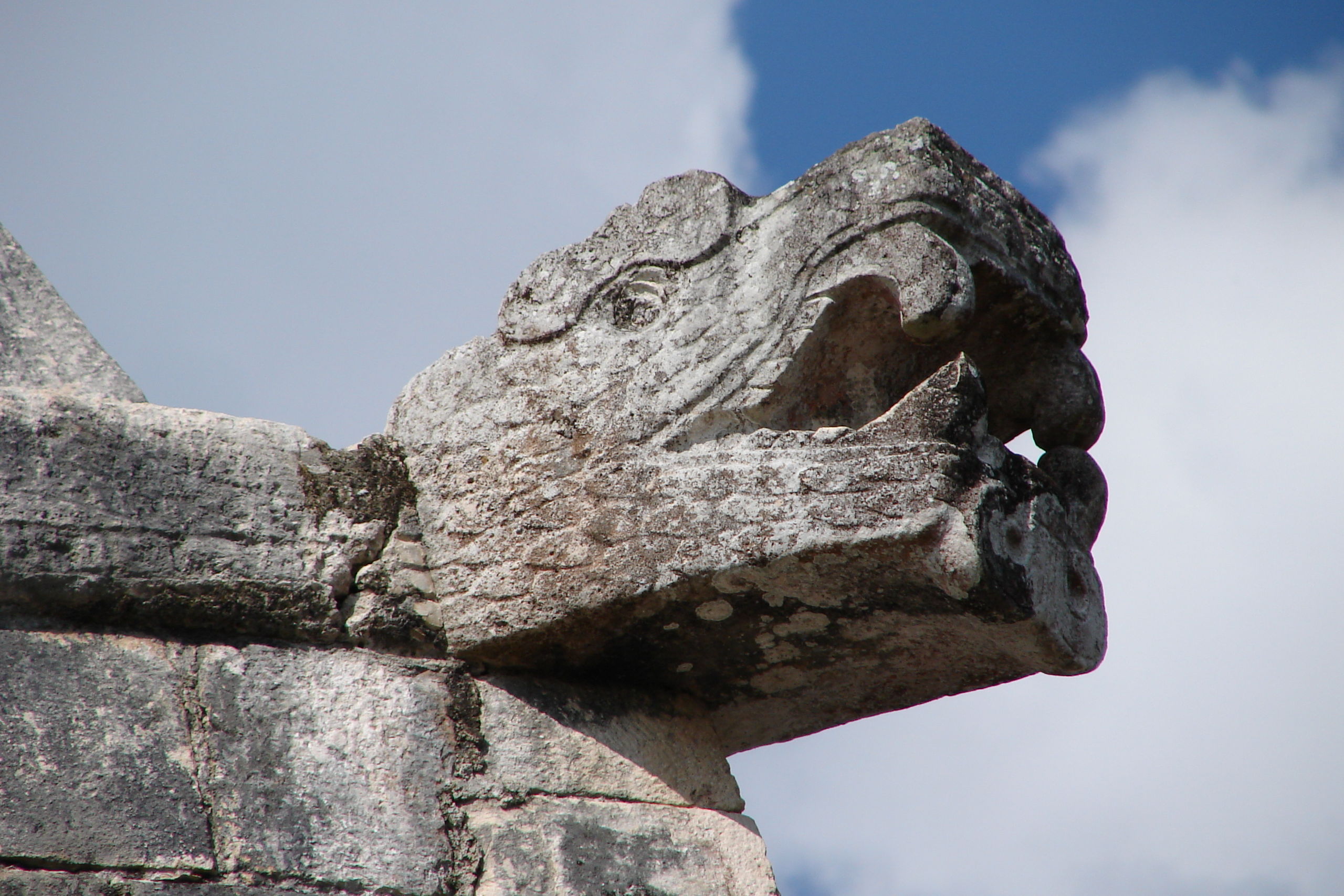Researchers have studied minerals extracted from a Belize underwater water cave, the Blue Hole, revealing that there was a severe drought between year 800 and 900.
The “Great Blue Hole”, off the coast of Belize, is around 1,000 feet wide and has depths of over 400 feet.
The results from the study coincide with the time that the Maya civilization began to disintegrate.
The minerals from the underwater cave show that there was a huge drought around the time that the civilization began to fall.
Even though these findings are not the first to link a drought to the demise of the Maya culture they strengthen the theory that dry periods were the cause of the civilization’s end.
The data comes from regions that were at the heartland of the Mayan civilization’s presence, according to the co-author of the study, André Droxler, an Earth scientist at Rice University.
This is not the first time that researchers have linked droughts to what caused the end of the Mayan culture. However, it provides hard evidence to suggest that dry periods caused its doom.

Between the years 300 to 700 the Maya civilization flourished in the Yucatan peninsula. The ancient Mesoamericans built pyramids, were masters of astronomy, and devised a complex writing and calendar system. Many scientists are unsure how it suddenly came to an end.
After the year 700 the creation of new Mayan buildings slowed down and its communities were subject to warfare and anarchy.
Historians have said that the decline of the Mayan civilization is linked to the fear of evil spirits, deforestation for expanding cropland, and the loss of the Tikal deer, one of the Mayans favorite food.
The notion of a drought causing the Mayan demise was first proposed in 1995.
In 2012, a study, published in Science, data gathered from a a 2,000-year-old stalagmite in a cave in Belize revealed rainfall had decreased considerably in one area of where the Mayan’s where present, however, scientists said that they couldn’t be sure if it impacted the whole region of the civilization.
This new finding from the Blue Hole suggests that the drought was actually widespread.

